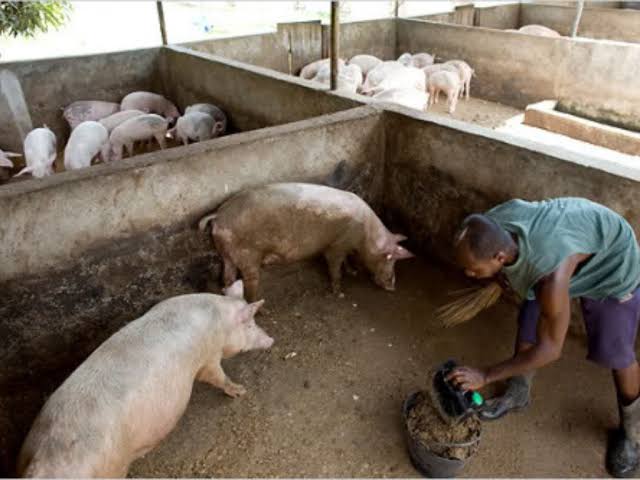Preventing Parasite Build up in Pig Farming Systems
Managing parasite populations on farm
Safely managing on-farm rodent populations as best you can will have an impact on parasite build-up but preventing visiting birds is more of a challenge. You can feed at dawn and/or dusk giving the pigs the time to eat their ration before the birds are awake and so make landing in the paddocks less inviting.
 Learn More
Learn More
The risk factors for increasing environmental worm burdens include; introducing new pigs into your herd; exhibiting your pigs; boar hire where you loan the boar out or take in visiting sows; buying in fattening weaners that have not had the correct de-wormer administered; inadequate de-worming of the herd including incorrect dosing and/or frequency; the continual use of paddocks; believing and then using OTC herbal preparations or something you read is a ‘natural’ de-wormer on the internet eg, pumpkin seeds.
READ ALSO: Achieving Nutritional Balance with Alternative Feed in Pigs
Preventing build-up in the pigs’ environment starts with an effective de-worming plan for the herd and adhered to. This is mostly applicable to endoparasites (internal worms) as ectoparasites (external parasites) are primarily restricted to lice, mange mites and ticks, which are simple to kill by treating the whole herd with the appropriate product. Having external parasites that are allowed to build in number within the herd is a highly preventable welfare situation.
Traditionally pigs are de-wormed for endoparasites twice yearly, however, this is not a particularly strategic approach. It is fortuitous that not much over use of de-worming products has historically occurred, as in the sheep industry, and so reported resistances are currently low. That’s not to say we can be complacent as resistance to de-worming products has been reported.
There is a growing trend to perform worm egg counts and then de-worm accordingly, followed by another worm egg count to prove efficacy. This may mean a reduction in de-worming frequency or an increase, depending upon the levels within your herd, but is a highly strategic approach.
READ ALSO: Factors Affecting Litter Size in Sow
To prevent parasite eggs being shed into the environment then it is important to choose a product that kills the worm eggs as well as the adult and larval stages of the parasite. There are many available to the small-scale keeper, often easily added to their feed. Killing the worm eggs will effectively reduce the worm burden in your paddocks and may increase the time period before the paddock gets “pig sick” ie, has a high parasite burden. Interestingly, if you ever have a liver condemned at the abattoir due to “milk spot scarring” and the pigs are on your paddock for the preceding eight weeks or more, then you know you have the large white worm (Ascarid) eggs present.















